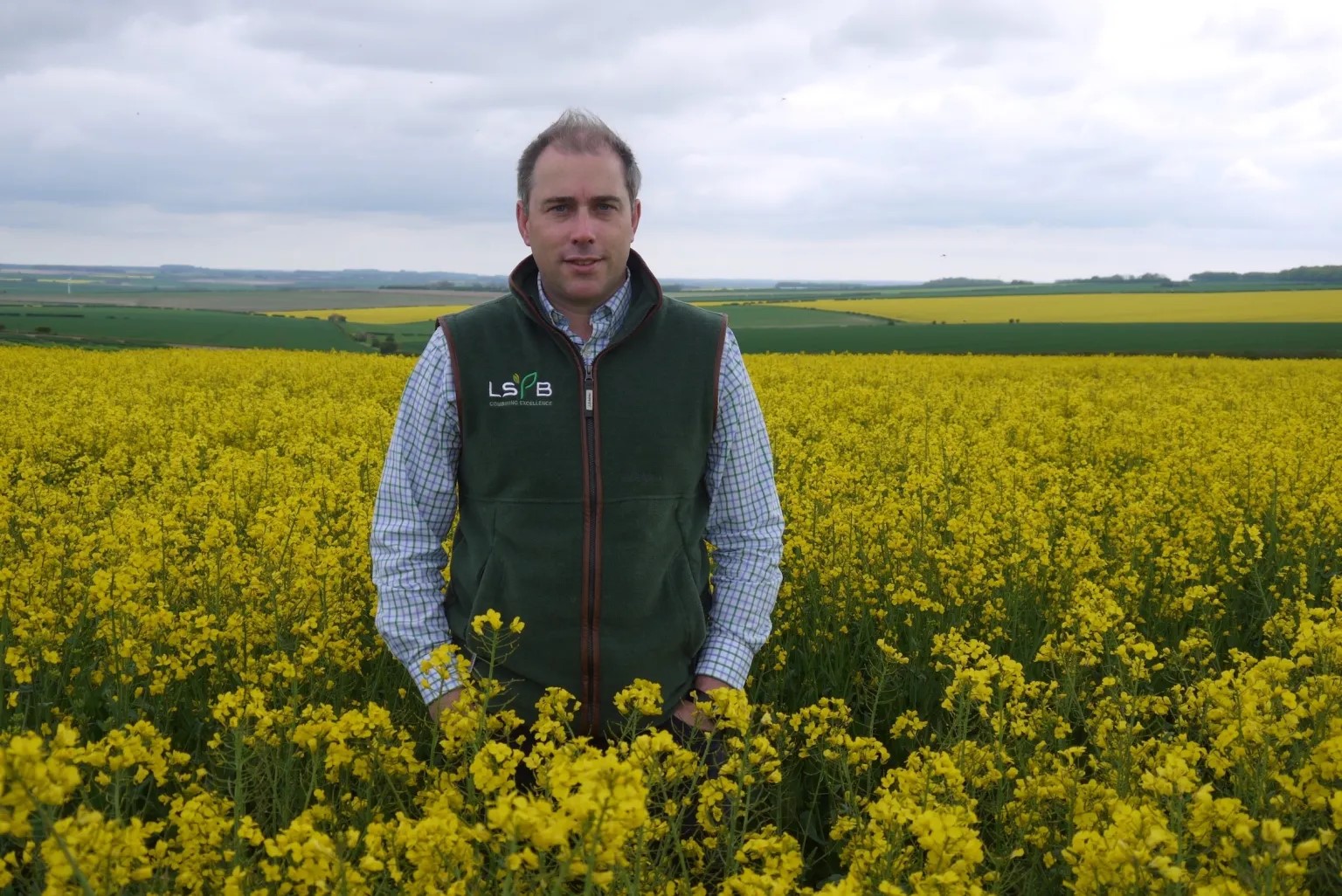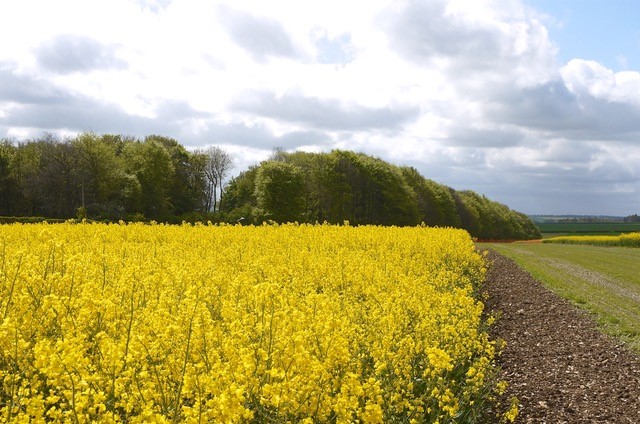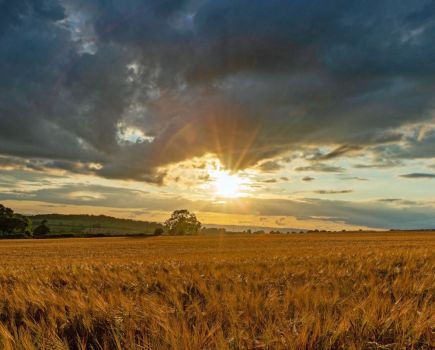It’s been recognised that stem health – which covers the three main stem-based diseases of phoma (stem canker), light leaf spot and verticillium – is a driver behind maximising oilseed rape yield.
And that’s why NPZ UK (formerly LSPB) is focussing its OSR breeding programme solely on hybrid varieties, explains Chris Guest.
The aim is to combine improved yield performance and strengthened agronomic characteristics with strong disease resistance, plus consistency in performance and strong vigour. As a result, NPZ UK offers a portfolio of hybrid varieties for this autumn including Vegas, Murray and Maverick, which all bring the improved genetics required to keep plant stems healthy.
“We want to give growers increased resistance to the three yield-robbing stem-based diseases, while supporting the crop to continue building yield late into the season as we move towards harvest,” he says.
“A prime example is RlmS which provides an important complementary resistance to that of Rlm7, the mainstay for some years. RlmS resistance is associated with strong overall plant health and the gene has especially good stem resistance which gives additional benefit against late season diseases.
“Green, clean stems longer into the growing season is the key to higher yields and oil content which results in gross output,” suggests Chris.
Sowing date conundrum
Another challenge growers have to contend with is the yield plateau experienced during recent years, which Chris says goes against official trial results and significant improvements in genetics through the switch to hybrids.
So why are growers not seeing these genetic improvements translated into on-farm yields? “Some challenges are outside the direct control of growers – from climatic changes to the neonic ban and loss of chemistry,” explains Chris.
“But another factor is within growers’ control – the choice between early and later sowing dates. Most OSR is now drilled in early August with some growers even getting crops in at the end of July, if they can, in a bid to get crops up and away to avoid the worst of any flea beetle damage.”
However, in breeders’ and official trials, the average drilling date is significantly later – late August or into September – and this could explain the yield gap between on-farm yields and trial yields, he adds.

Chris Guest, NPZ UK Managing Director
Drilling date trials
NPZ UK has been carrying out trials on later sowing – results indicate that growers targeting the early window are restricting yield potential due to the crop development pre-winter, meaning yield potential is set earlier and restricted due to milder autumn weather conditions.
However, it’s perceived this is off-set due to having a crop in the ground which can grow away from adult cabbage stem flea beetle damage.
Moving to later drilling dates will depend on the farm situation, says Chris. “But in considering the change, a key prerequisite is to choose hybrid varieties which are quick to get going with good autumn vigour added to strong spring vigour.”
Furthermore, he says there are key points to consider when weighing up drilling date:
- Later drilled crops tend to be at lower risk from CSFB larvae as it gives the adults less time to lay eggs in the crop
- If there’s a grassweed problem, later drilling potentially gives time to create a stale seedbed
- Weeds are often smaller and easier to control in a later-drilled crop, important with the ever-diminishing choice of herbicides
- Where clubroot is an issue, later drilling can reduce the risk of infection
- The crop doesn’t become over-developed pre-winter, reducing the risk of winter damage and increasing yield potential based on crop physiology
Trial work continues this season looking at the later drilling window, and it’s hoped results will reveal the data to continue the debate.
But according to Chris, the key factor is to sow according to conditions and not calendar date, and to consider spreading the risk with some hectarage drilled ahead of the peak flea beetle migration in late August/early September.
“Then, dependant on farm location and sowing conditions, sowing a proportion of the crop into September, which on recent milder autumn/winters, is likely to give higher yield potential,” he concludes.




